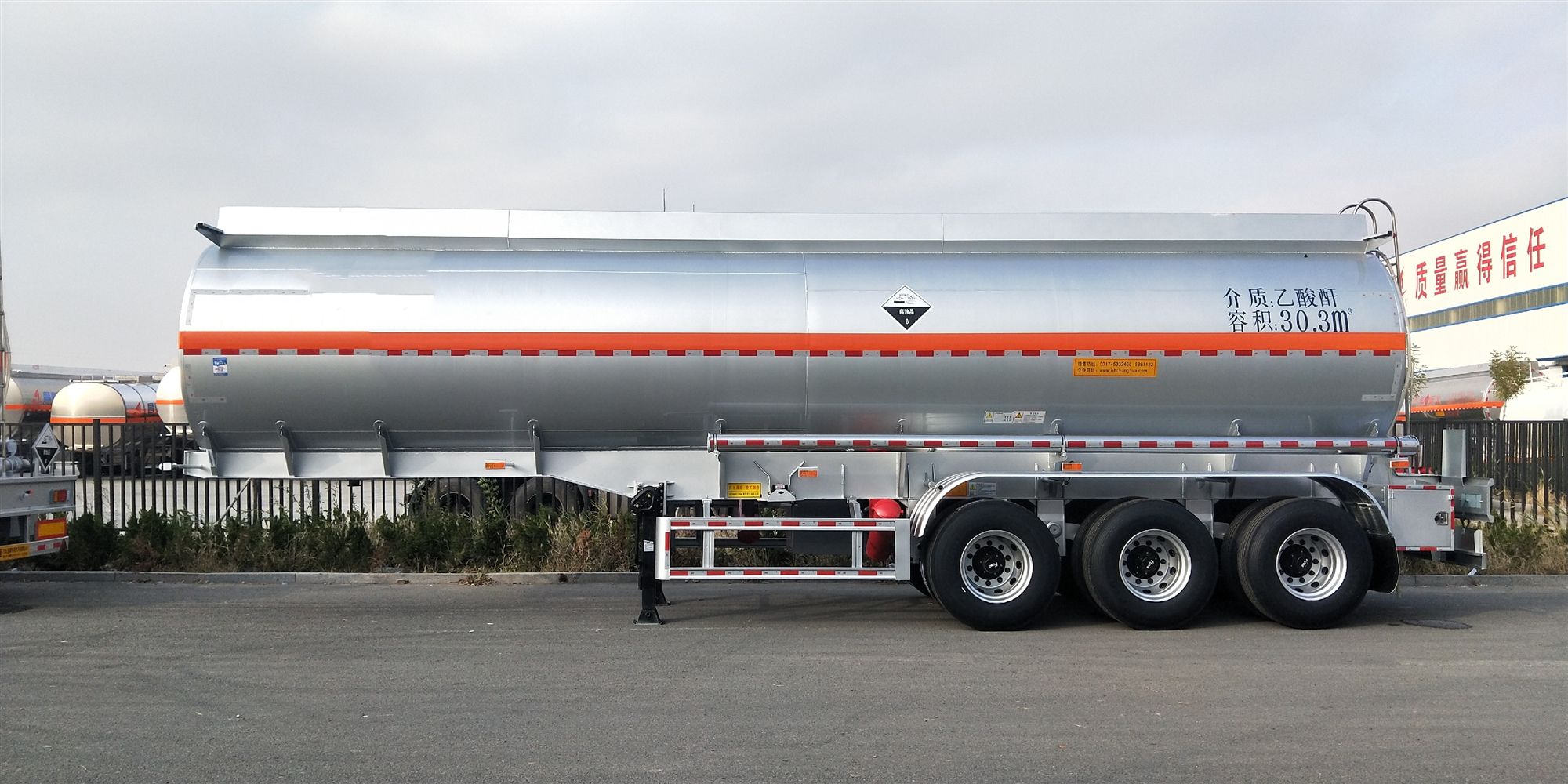Hot Search:

1. In order to ensure the cleanliness of the oil in the tank, the oil tank should be cleaned regularly and the dirt at the drain outlet should be removed. The first few times after the tank is put into operation, it is recommended that the user remove the filter plug cover and clean the filter every time it is used. After using it for a period of time, it should be cleaned or replaced at any time depending on the high quality of the cleanliness to avoid clogging by oil or damage to the filter. In addition, the filter element must not be taken out during use, otherwise it will aggravate the wear or damage of the oil pump and flowmeter
2. In order to prevent fires, oil tank trucks are not allowed to be used when the fire muffler or fire cap fails, the piping system or tank leaks, the mopping tape fails or the ground wire is not connected. After the mopping tape is worn, you should loosen the pressure plate and pull the mopping tape out for a period to ensure that the tape contacts the ground well
3. When the tank sedimentation tank is frozen due to water accumulation, it is not allowed to use an open flame to defrost. The vehicle should be driven into a warm room or heated with steam to defrost
4. It is strictly prohibited to knock any part of the tank truck with metal objects to avoid sparks and fire
5. When working inside the tank, someone outside the tank should protect it. Workers in the tank should wear gas masks or use hoses to deliver fresh air into the tank
6. In the process of loading and unloading oil, even if the working time is very short, the engine is not allowed to be turned off, in case of emergency, it will immediately leave the scene or dangerous place
7. Keep the intake and exhaust of the vent valve smooth. If the pump is used for unloading, the fuel filler cap on the upper cover must be opened first to prevent the tank from being deformed due to excessive pump flow
8. When using the refueling truck, you should always listen to the refueling system for any abnormal noise, and observe the pressure gauge and vacuum gauge indications at any time. If no fuel is pumped out after the engine runs at medium speed for 4 minutes, it should immediately stop working, check to find out the reason, and work only after the fault is removed
9. The driver and escort must be familiar with the method of use of the fire extinguisher, and should maintain and replace the fire extinguisher in time (see the instruction manual of the fire extinguisher for details)
10. When there is leakage or oil leakage in the tank and pipeline system, electric or gas welding is not allowed to be used for repair welding without cleaning.
11. The filling quality is not allowed to exceed the rated load quality
12. Light fuel special vehicle transportation vehicles should be used under the following conditions: the driving road level should not be lower than the fourth-grade road surface; the ambient temperature is -40 ℃ ~ 40 ℃; the relative air temperature is not more than 95% (normal temperature 25 ℃)
13. For double or multi-storage tanks, each tank should maintain the same liquid level to prevent large liquid level deviation
14. Matters needing attention during storage and transportation
a. Equipped with qualified drivers and escorts for transportation.
b. Check that the safety accessories are complete and work reliably.
c. Avoid fatigue driving.
d. Start off with balance, and do not turn too fast. Use as few brakes as possible during driving.
d. Check the condition of the vehicle on the way to prevent loose parts and dripping of the vehicle.
15. Matters needing attention in loading and unloading
a. Operators should wear anti-static clothing and shoes.
b. Use non-sparking tools.
c. Operation should be prohibited in bad weather.
d. Pay attention to prevent spillage.
e. If a leak is found, all valves should be closed immediately, and drove away from the loading and unloading site for repair.
f. If a fire occurs during the loading and unloading of liquids, all operations should be stopped immediately, the valves should be closed, the unaffected vehicles should be driven away, and fire fighting operations should be carried out immediately.
